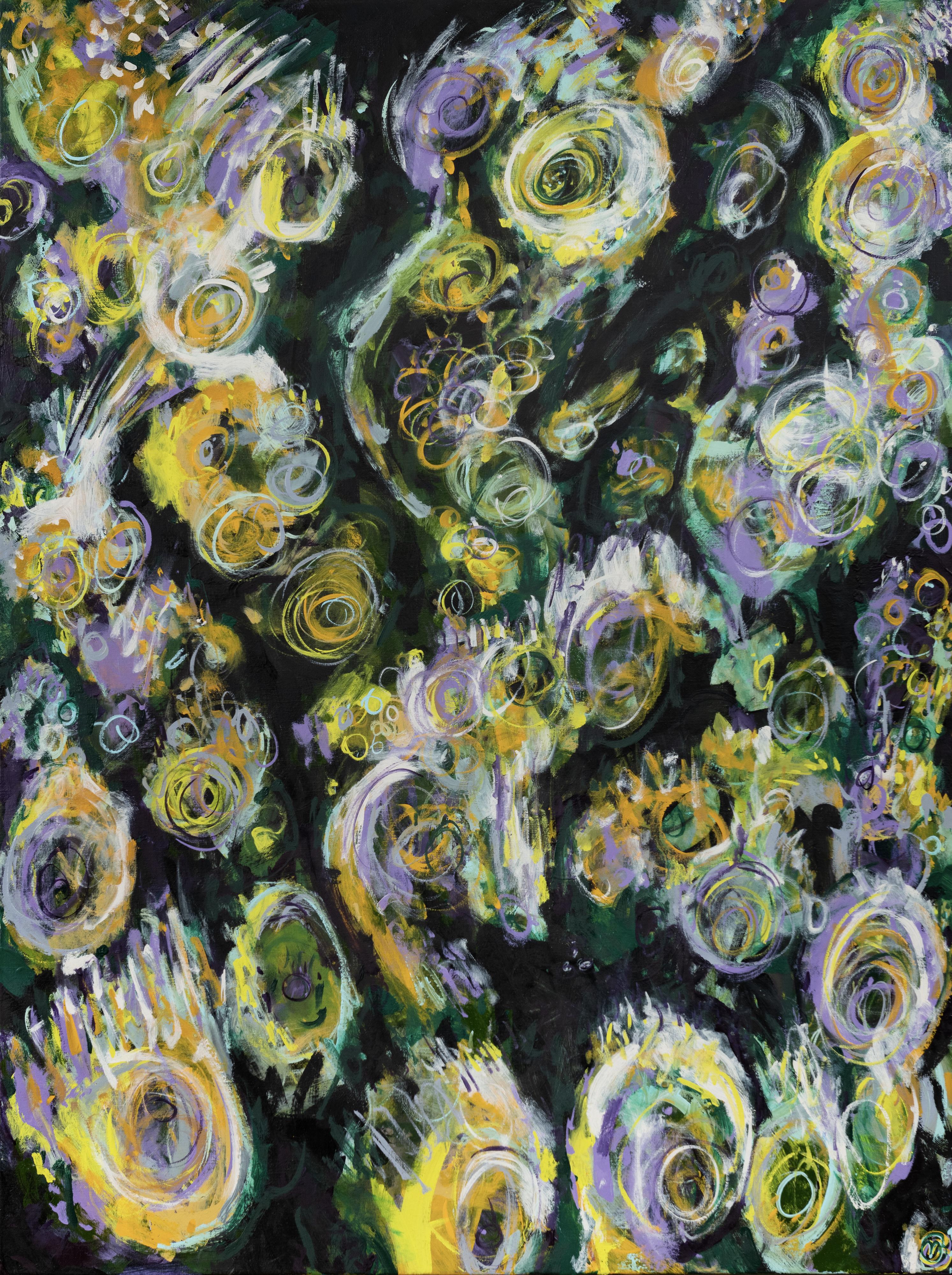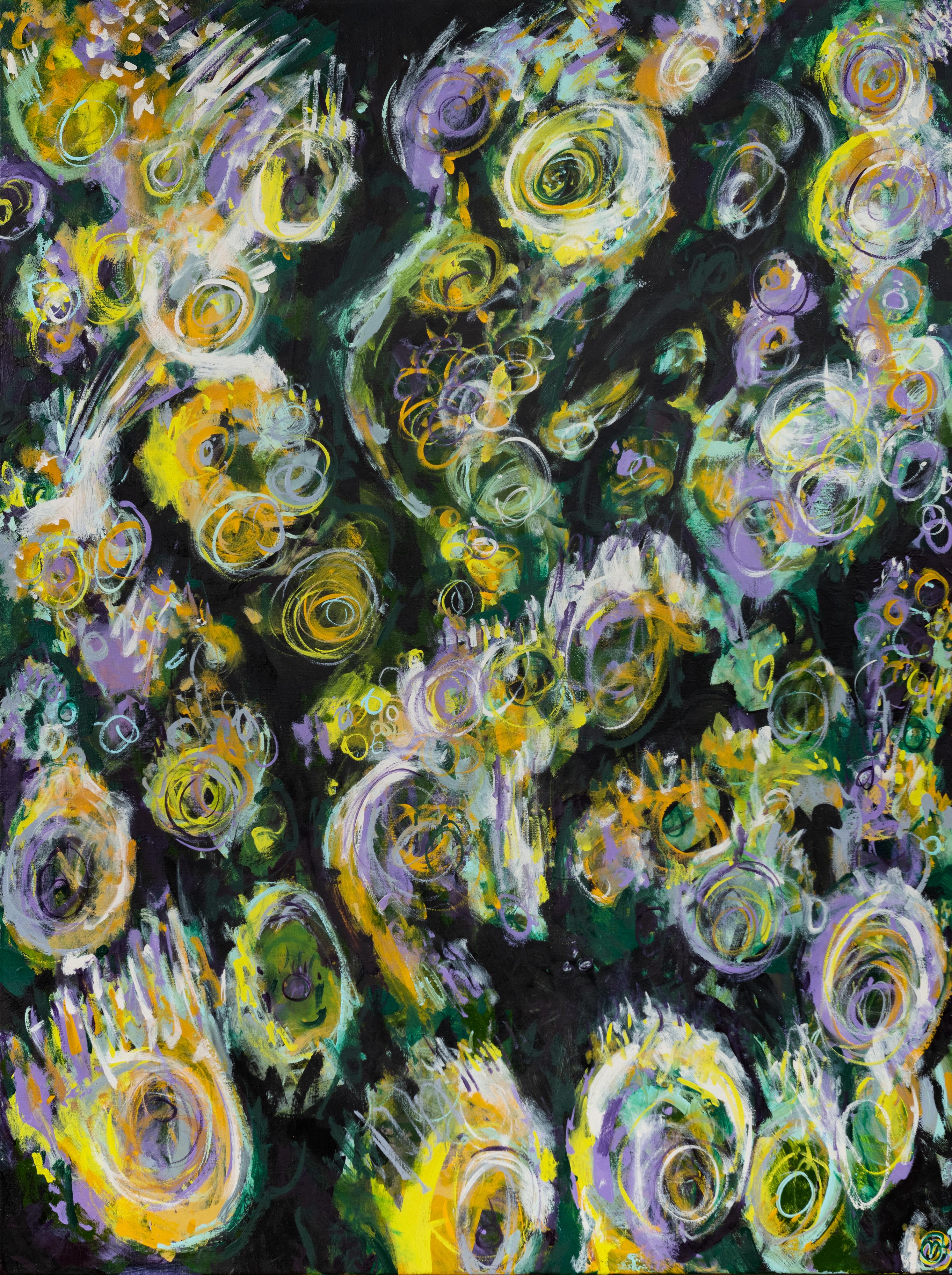

Metaphysics An Exhibition by Nathan Brujis


Metaphysics An Exhibition
By Nathan BrujisMay 9 –June 8, 2024
Metaphysics
In an interview about Nathan’s solo show in Florence, Italy titled Intimate Portraiture, in 2003, American Art historian Barbara Rose commented: "The work of Peruvian painter Nathan Brujis involves a new conception of pictorial space informed by the latest developments in astrophysics. His images can be described as cosmic, but not in a literal sense of illustration. Their pictorial references are to the infinite spaces of Miro and Pollock transformed to an even greater degree of complexity and contradiction…."
Nathan Brujis brings a regressive approach with a progressive intention to his paintings. Beginning with a period of meditation Brujis starts by picking a premixed color and a brush. He then feels the canvas while considering who and where he is. He starts with an expressive mark followed by another and then another. They are sometimes lines, sometimes shapes, sometimes dots, sometimes clusters. The marks suggest spaces, which then calls for more marks to shape or break the spaces. Then the painting speaks and shows him what it needs. Addition, subtraction, positive and negative spaces, light and dark, harmonies of color: they all serve as tools to create spaces.
This methodology is part of a larger artistic canon. It’s part of a lineage that goes back hundreds of years. The development of the visual language of art has echoed the development of culture since the beginning of time. He is interested in being part of that lineage. He studied with Nicolas Carone in Italy, who himself had studied with Hans Hofmann, who had studied with Henri Matisse, and so on.
Metaphysics was chosen as the titled of this exhibition because Brujis' paintings are not the product of a premeditated plan. His process is an act of discovery, an exploration he hopes will result in a surprise. Questions or challenges that come from a conversation between the act of painting and the pictorial spaces. It’s like a reverse archeological dig, a building of layers that start to form into compelling spaces, communicating viscerally and visually with the viewer. At the start the canvas is blank. The first mark is really the fifth mark. The first four are the edges of the canvas. This is the stage where he reacts to the emptiness. Then reacting to the reaction and so forth. From the act of creation, new spaces arise. The further along the work is, the more questions appear and new questions from those questions. The answer is the moment when the questions and layers meet in a moment of tension between all the pictorial elements, all the suggested ideas, and all the rhythmic sensations both on the surface and in depth through the layers of time.
Nathan Brujis was born in Lima, Peru in 1971. Grandson to Jewish immigrants from Eastern Europe. He studied art and philosophy at Brandeis University and graduated from the American University, Washington D.C. with a master’s degree. He has been awarded important art prizes such as the Deborah Josepha Cohen Memorial Award for Excellence in Painting in 1992, the New York Studio School Faculty Award in 1994, il Premio per la Pittura Lorenzo il Magnifico at the Florence Biennale d'Arte Contemporanea in 2001 and 2003. He has exhibited extensively in New York, Lima, Peru, and Italy. He currently lives and works in New York.
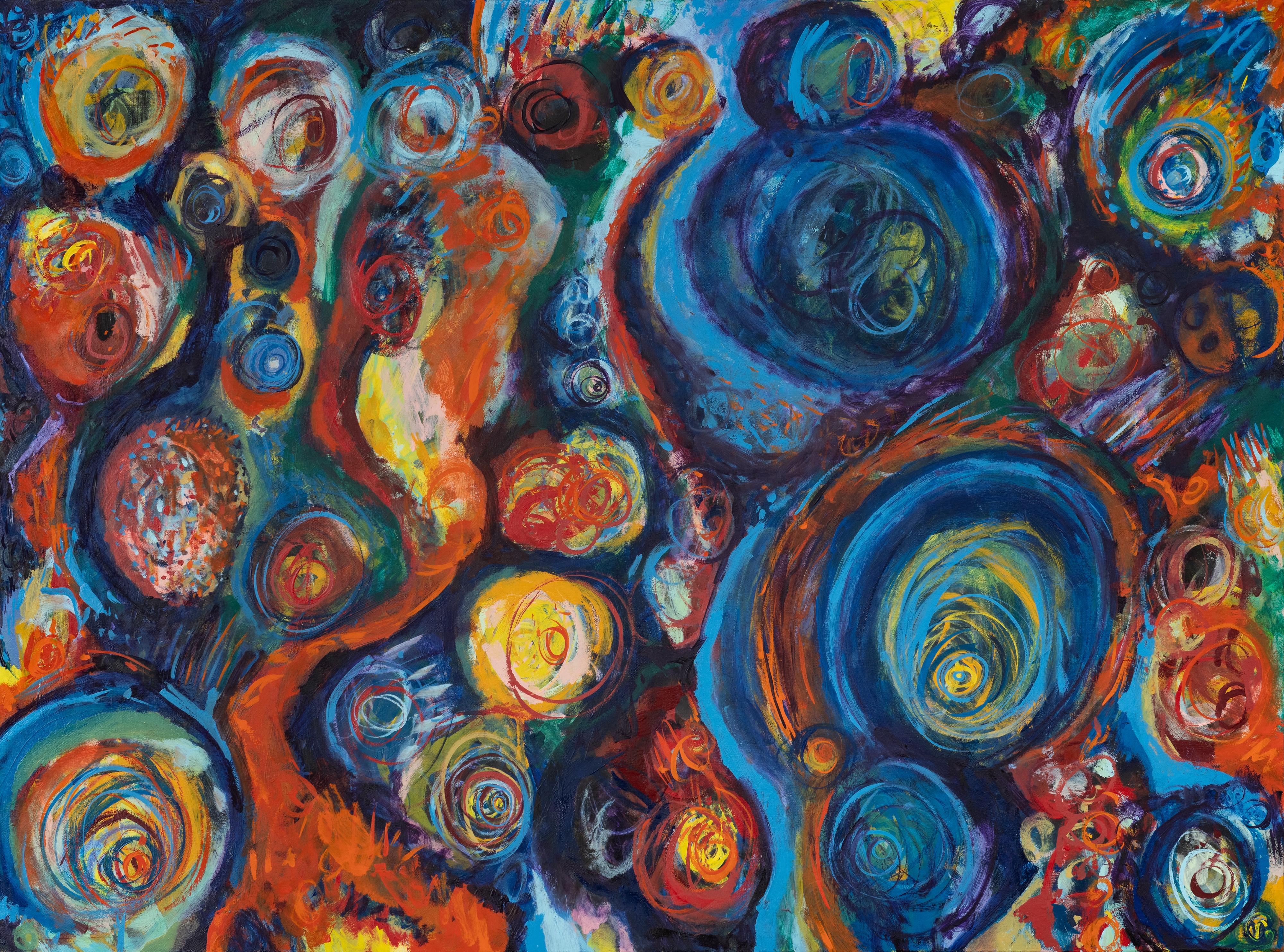
Awake Dream-Space, 2023, Oil on canvas, 36 x 48 inches, Signed lower right
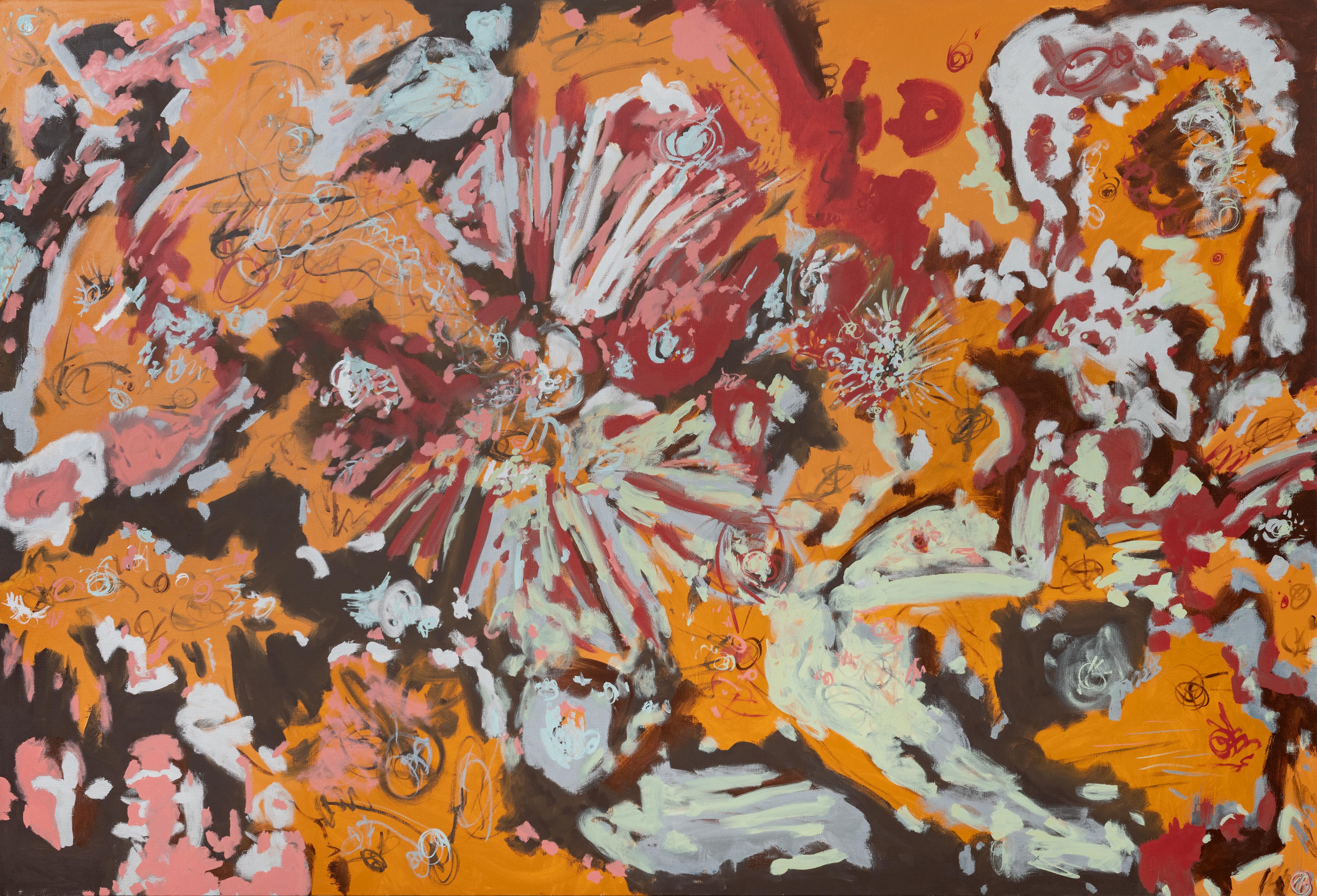
Birth of the Beginning, 2022, Oil on linen, 62 1/2 x 91 inches, Signed lower right
The best place to begin to discuss the art of Nathan Brujis is with the penetrating analysis by the leading art critic Barbara Rose, published some 20 years ago on the occasion of his gallery exhibition in Florence, Italy Intimate Portraiture "The work of Peruvian painter, Nathan Brujis, involves a new conception of pictorial space informed by the latest developments in astrophysics. His images can be described as cosmic, but not in a literal sense of illustration. Their pictorial references are to the infinite spaces of Miro and Pollock transformed to an even greater degree of complexity and contradiction…."
I encountered Nathan and his art five years ago through a serendipitous meeting. I immediately perceived its profound significance in the context of my research focus. I am speaking of my research on the physics, biophysics, neuroscience, and anthropology of perception, especially extraordinary forms of perception, potentially including those associated with the generation of works of art.
I am referring to the as-yet hardly recognized scientific fact that we are entering a new era in the understanding of human visual perception and visual consciousness that includes state-of-the-art, leading-edge scientific evidence that humans are capable of perceiving light at the quantum level, at the scale of single photons. Moreover, as described by several leading physicists, this profound discovery about the human eye and visual system may provide the capacity, the basis – indeed the actual technology, a “soft tissue-high tech” system – for the next breakthroughs in fundamental physics; for our future understanding of the universe we live in (Bushell & Seaberg 2018, “Experiments Suggest Humans Can Directly Perceive the Quantum,” https:// www.psychologytoday.com/us/blog/sensorium/201812/experiments-suggest-humans-can-directly-observe-thequantum).
Ms. Rose observes that the contents of the painter’s compositions – his orbs, spheroid figures and motifs, and related thematic elements – are influenced by the astrophysical, and macrocosmic scale, I will also add to this, the suggestion of the influence of the microscopic scale. While I am not now prepared to say that Brujis’s work demonstrates his ability per se to perceive light on the quantum scale of single photons, it seems clear to me that his work is nevertheless intensely influenced by quantum physics, crucially. That centrally includes his deep engagement, as an artist, a thinker – and a meditator – with foundational issues of scale, and magnitude of the dynamic “dialectic” of macrocosm and microcosm.
In painting after painting Brujis begins the dialogue with himself, and with the viewer, by introducing variations of the spheroid figures (e.g., “Moving Forces Behind Reality”; “True Nature”; Universal Fabric”; “Universal Mesh''; others in this show). In total, there is no constant scale assigned to these figures: in some instances, they seem macrocosmic (“astrophysical,” in Barbara Rose’s terms), in others microcosmic (or quantum in scale), and in others ambivalent, or unclear (“uncommitted” one might say). When viewing the paintings in a large group, as in an exhibit (such as this), the net effect of the viewing is to be brought along on a “tour” of these scales, “levels of reality,” in a systems theory framework. In other words, there is an aesthetic effect that moves beyond the individual canvases, to the effects caused by the whole ensemble of canvases, which produces, in turn, a dynamic, complex “meta-aesthetic.” And if one truly gives oneself over to a deeper engagement with the collection of paintings, the cognitive or abstract dynamism of the range of spatial (“scalar”) orientations may progress to an engagement also on a more visceral level. This dynamism of the mixing of scales may in turn also produce a sense or feeling of disorientation in the viewer, even extending to the vestibular system, the source of one’s sense of balance, one’s sense of orientation in gravity – all also heavily dependent on the spatial sense of scale, of magnitude.
There is of course so much more to be said, but at this point, I will return for a moment to the last part of Ms. Rose’s above text, in which she compares Brujis’s use of space to that of two leading modern artists: the infinite spaces of Miro and Pollock [but] transformed to an even greater degree of complexity and contradiction. I am referring to “the greater degree” of “complexity and contradiction” provoked by Brujis’s refusal to assign constancy to the matter of scale from painting to painting, his insistence on creating a feeling of unease on this most basic foundation of the human sense of (existential) identity.
Moreover, in a future essay, we will consider these “infinite spaces” (macrocosmic), in conjunction with the “infinitesimal spaces” (microcosmic), of Brujis’ work. This discussion will also be further informed by consideration of the profound depiction of the infinite and infinitesimal, as found in the ancient Asian complex systemic trope known as “Indra’s Net,” in which an infinite macrocosmic “net” of infinitesimally reflecting mirrored microcosmic orbs results in an ultimate conceptual and visual dialectic. "Indra’s Net" has recently begun to influence some of the leading physicists and mathematicians of our time, and as will be seen, has some striking resonances with the work of Nathan Brujis.
William C Bushell, PhDResearcher in Consciousness and Physics
Psychological and Biophysical Anthropology, MIT (1994-2020)
William C Bushell, PhD, is a consciousness researcher whose work has focused on the achievement of extraordinary perceptual abilities through the practice of special forms of meditation, including particular types of art. He has pursued his research for many years while affiliated with Columbia University, Harvard University, and Massachusetts Institute of Technology (1994-2020), as a Fulbright Scholar and has collaborated with the Dalai Lama, Robert Thurman, and leading scientists, including Nobel Prize winners. His work on the achievement of human perception of aspects of the quantum realm through special forms of meditation has been published by Psychology Today and positively noted by the Albert Einstein Legacy Foundation and the Science and Nonduality Foundation, among others. His scientific model of how certain types of art including mandalas viewed during intensive meditation may transform the visual system and brain (through neuroplasticity) to allow for the subsequent ability to perceive phenomena not normally accessible to perception; this work was presented at, and published by, the Foundations of Mind Conference on Consciousness and Physics at the University of California, Berkeley.
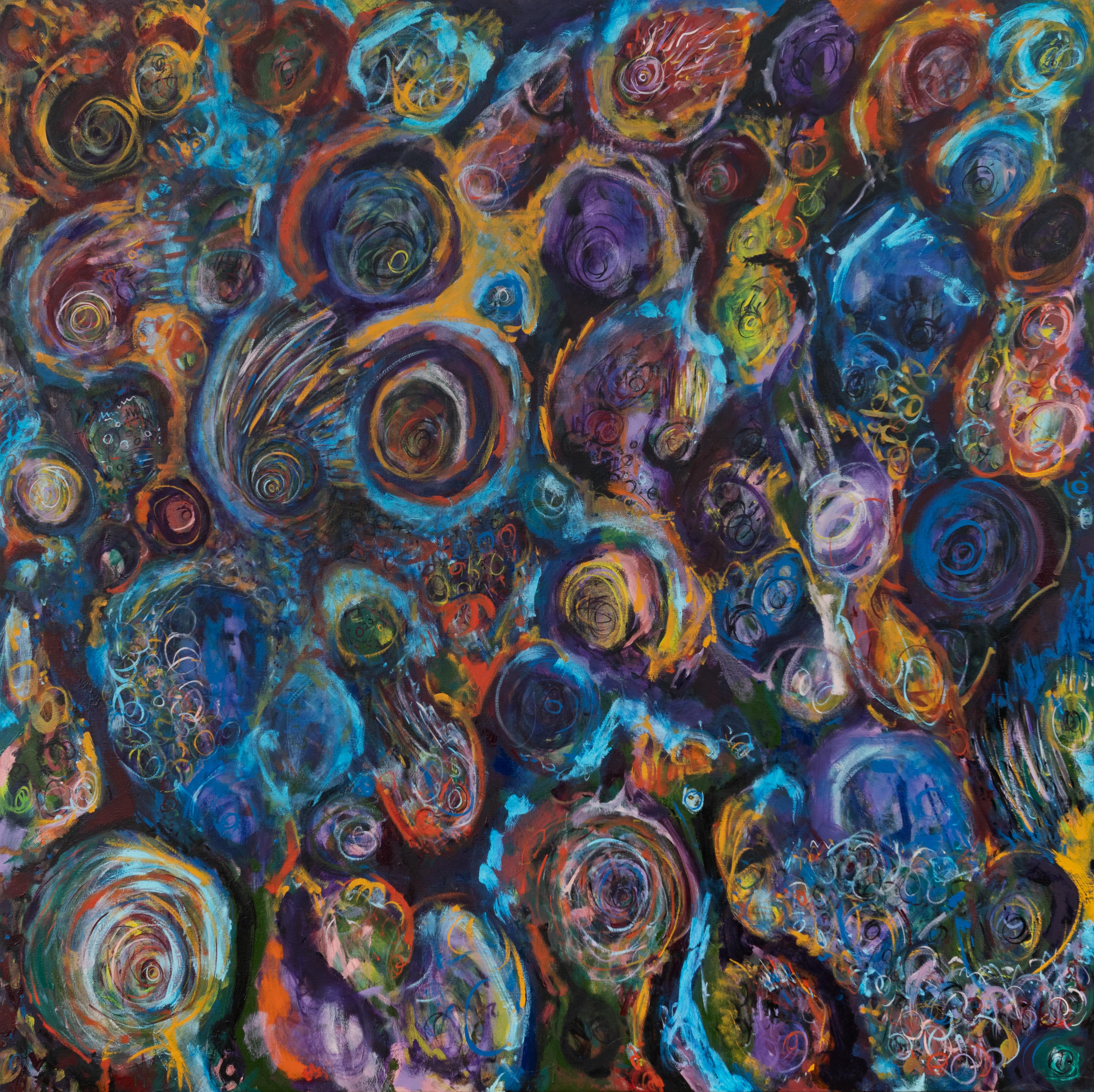 Dawn into Morning, 2023, Oil and linen, 72 x 72 inches, Signed lower right
Dawn into Morning, 2023, Oil and linen, 72 x 72 inches, Signed lower right
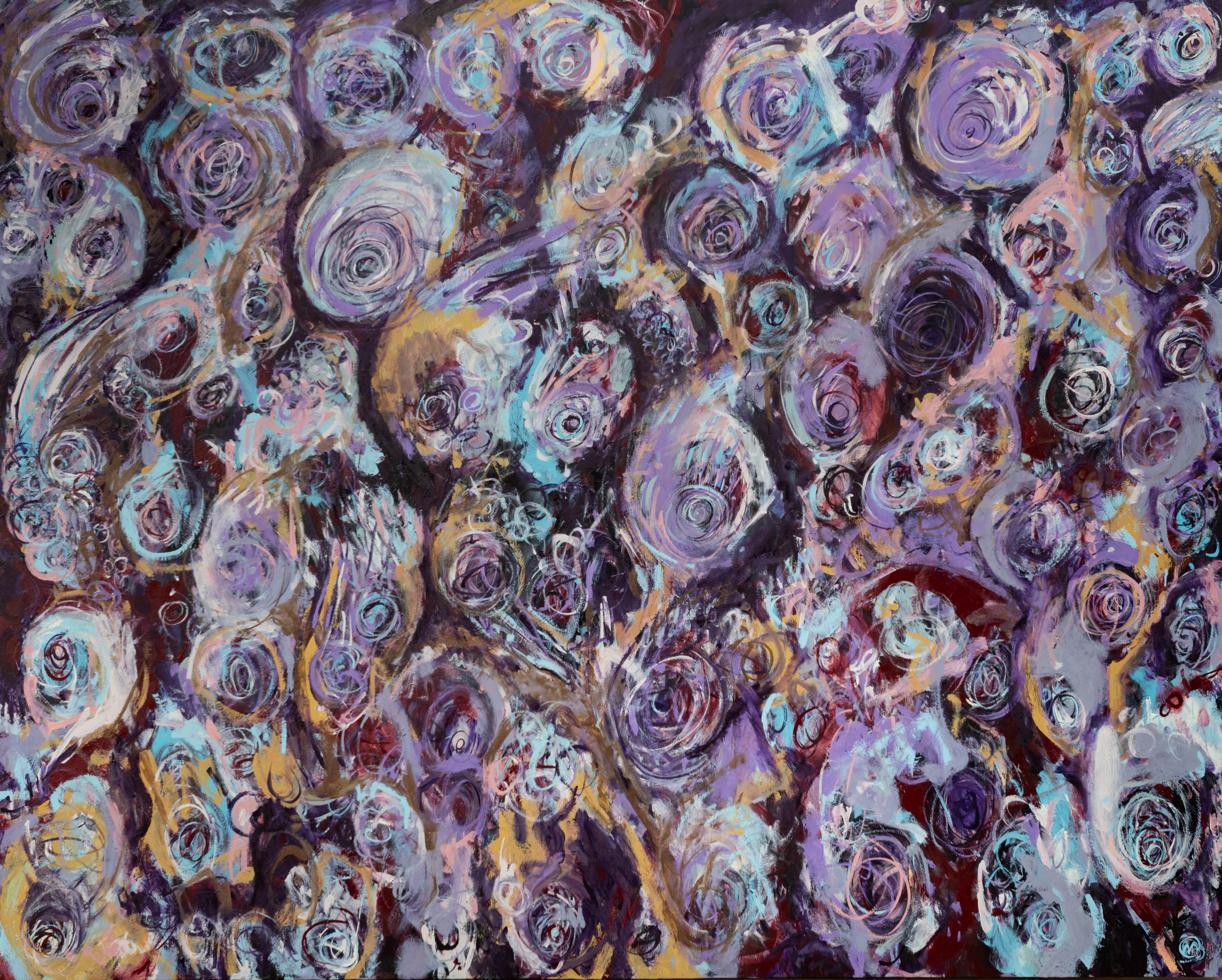
Dissonance, 2024, Oil on linen, 57 x 72 inches, Signed lower right
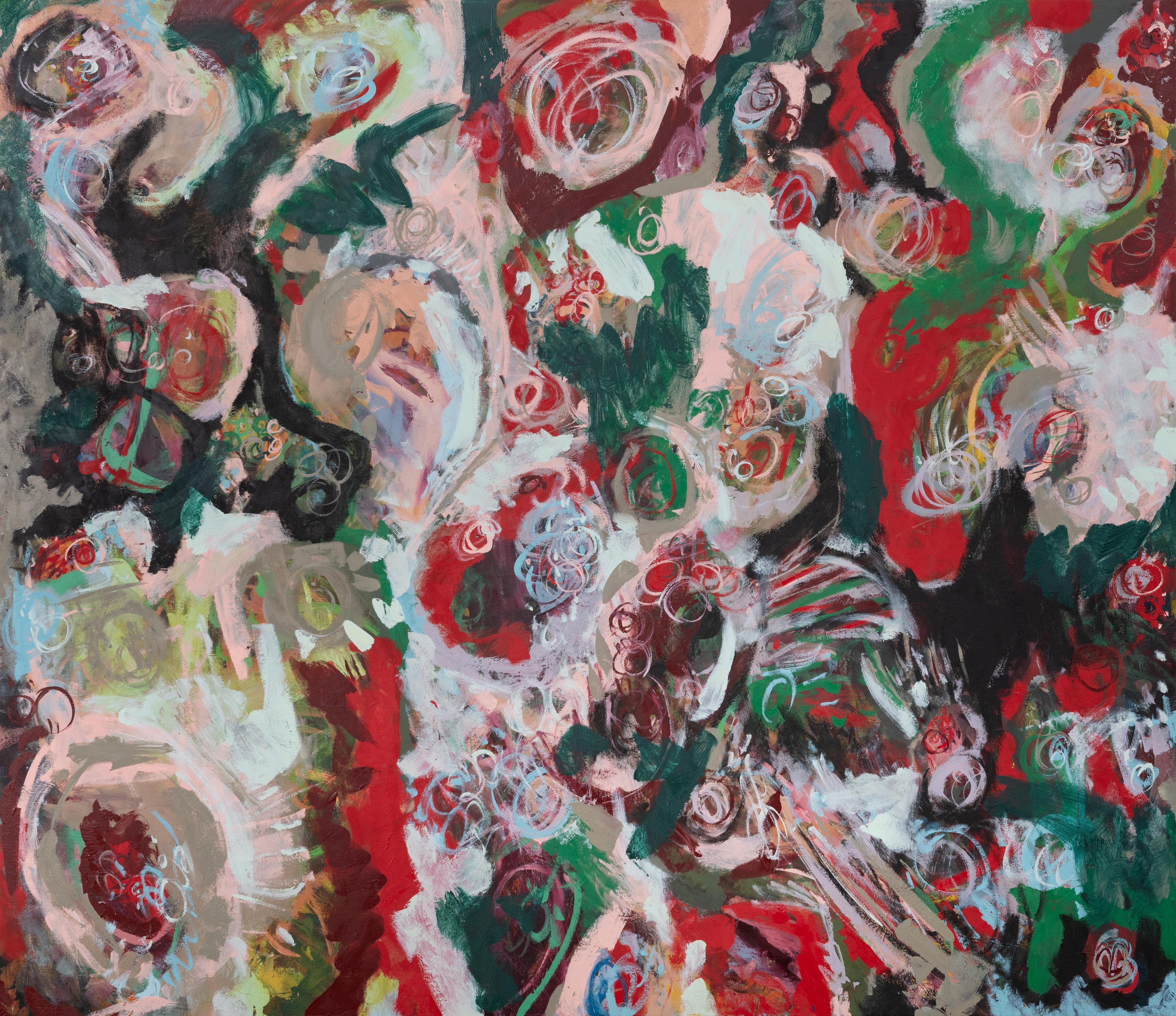 Floral Portraits, 2022, Oil on linen, 58 x 68 inches, Signed lower right
Floral Portraits, 2022, Oil on linen, 58 x 68 inches, Signed lower right
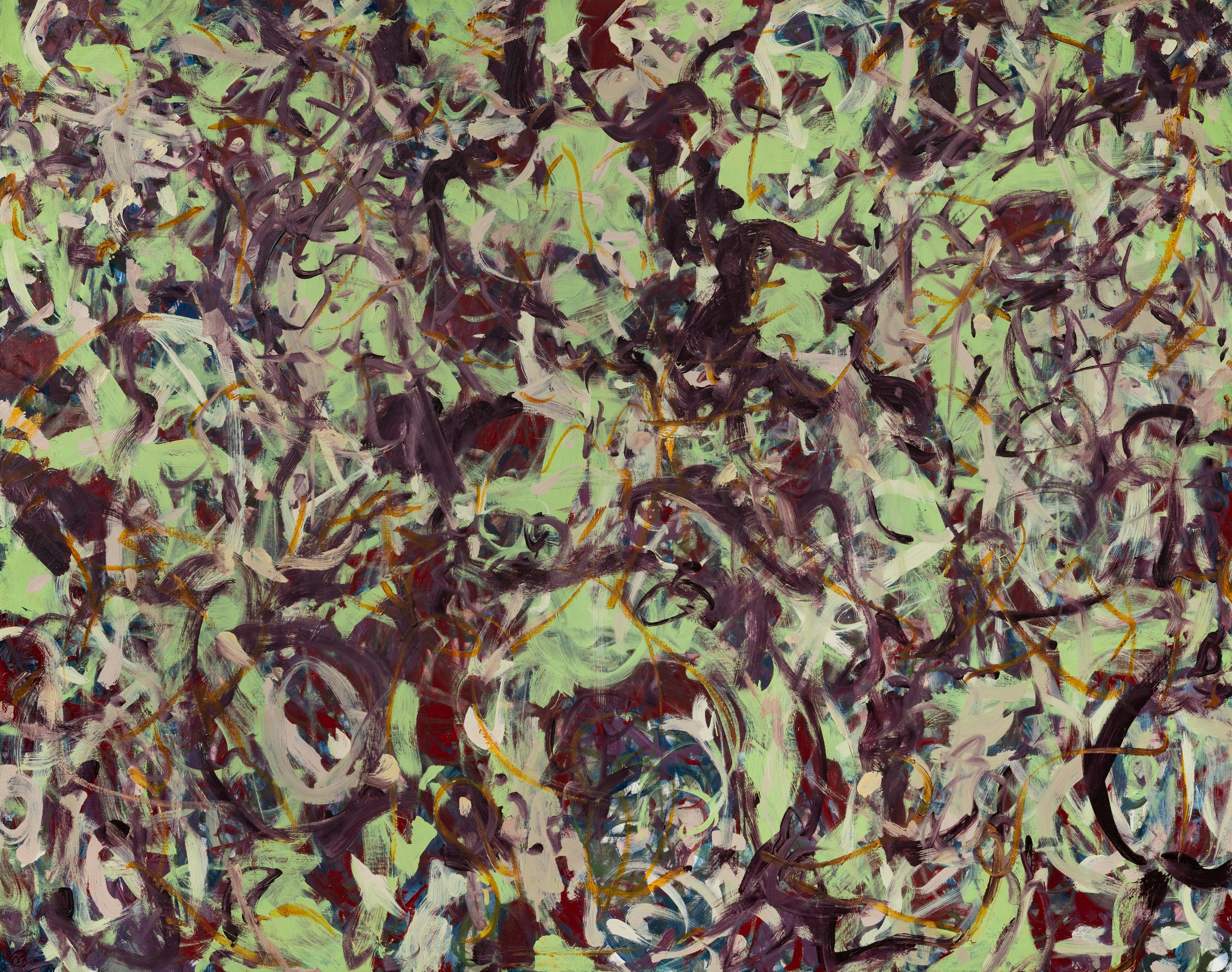 Green Energy Field, 2019, Oil on linen, 48 x 60 inches, Signed lower right
Green Energy Field, 2019, Oil on linen, 48 x 60 inches, Signed lower right
 Luminescent Night Stroll Inside the Cosmic Mind, 2024, Oil on linen, 36 x 24 inches, Signed lower right
Luminescent Night Stroll Inside the Cosmic Mind, 2024, Oil on linen, 36 x 24 inches, Signed lower right
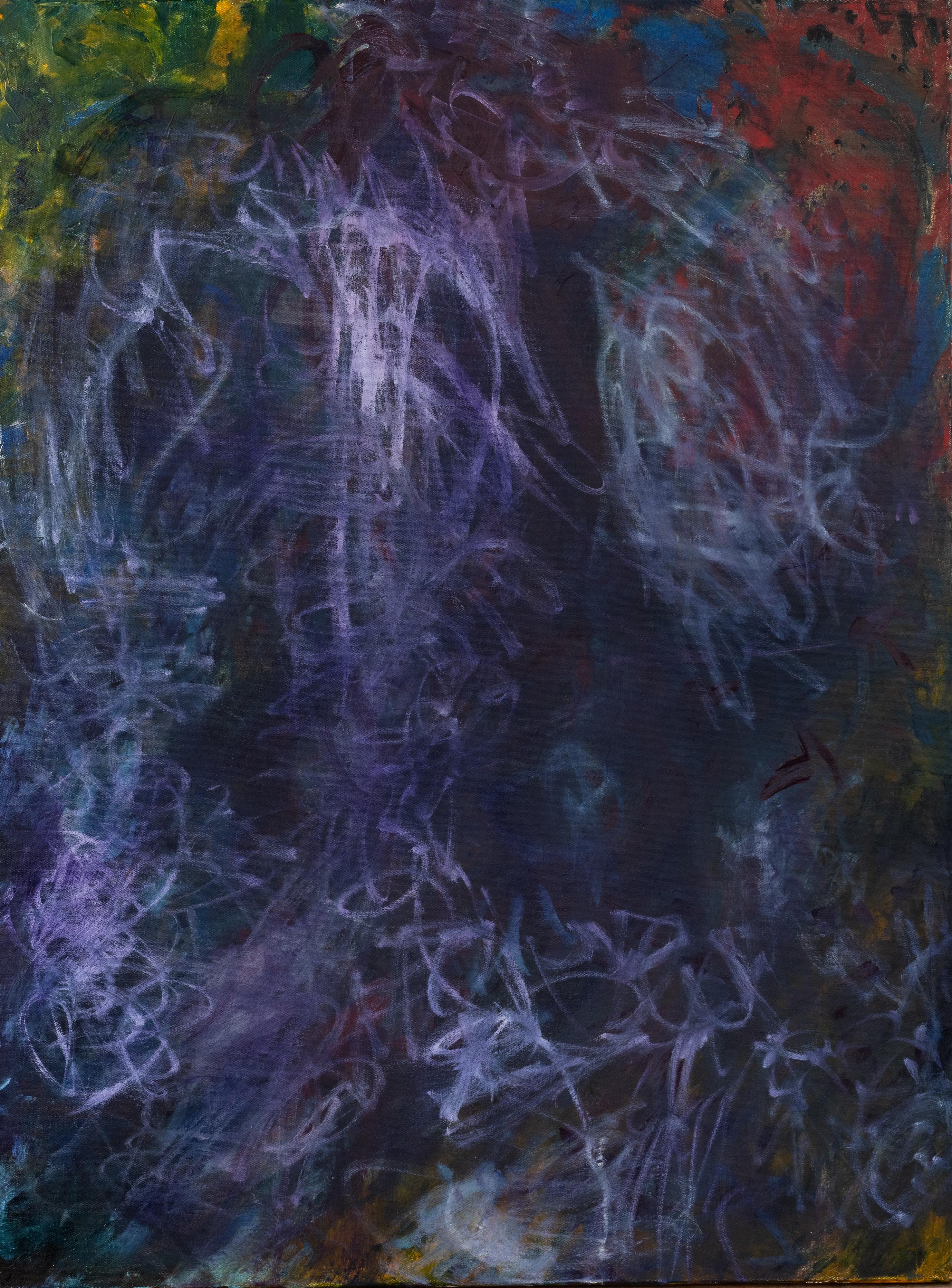 MagicGlowingStrings, 2020, Oil on canvas, 48 x 36 inches, Signed lower left
MagicGlowingStrings, 2020, Oil on canvas, 48 x 36 inches, Signed lower left
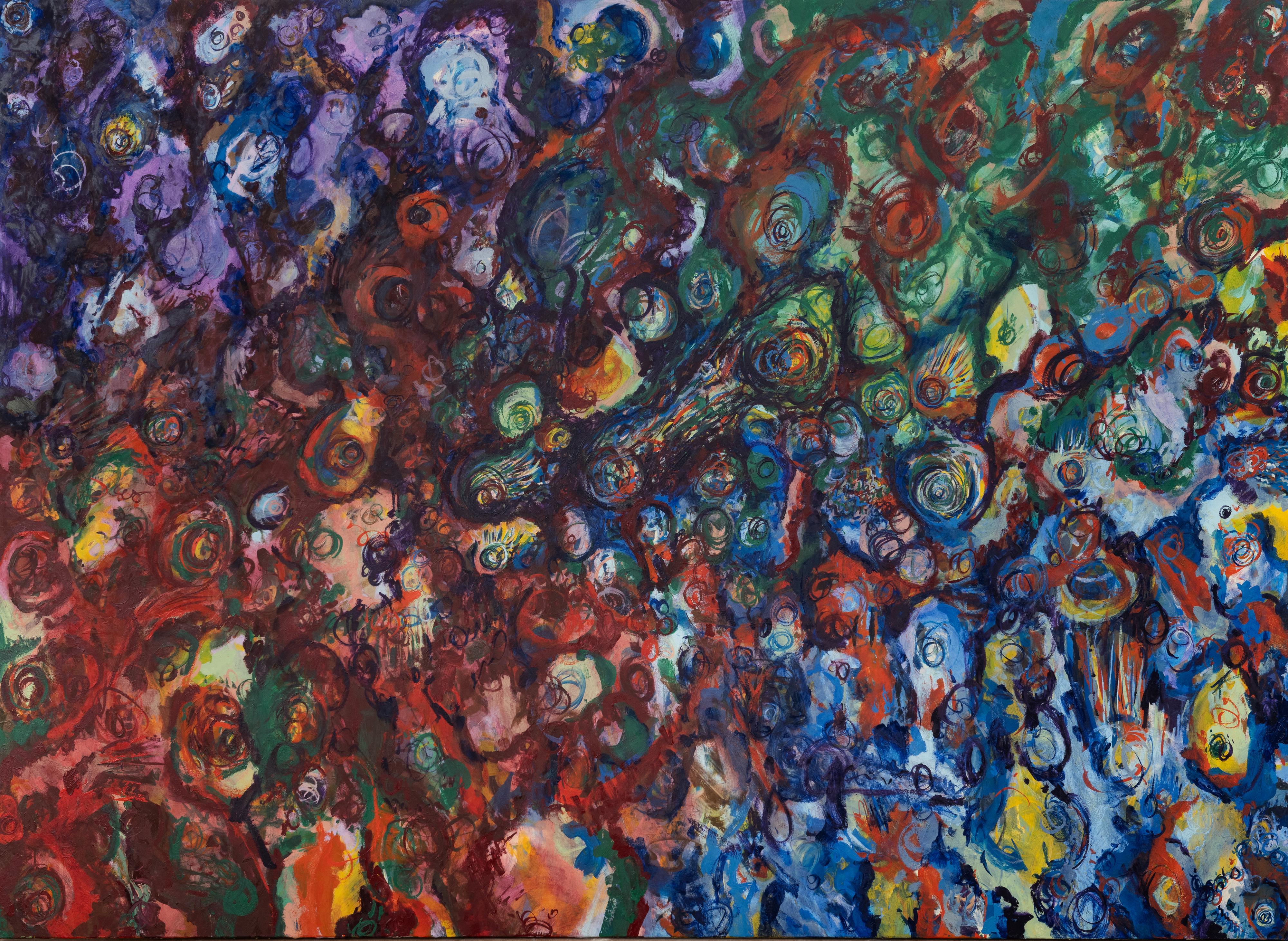
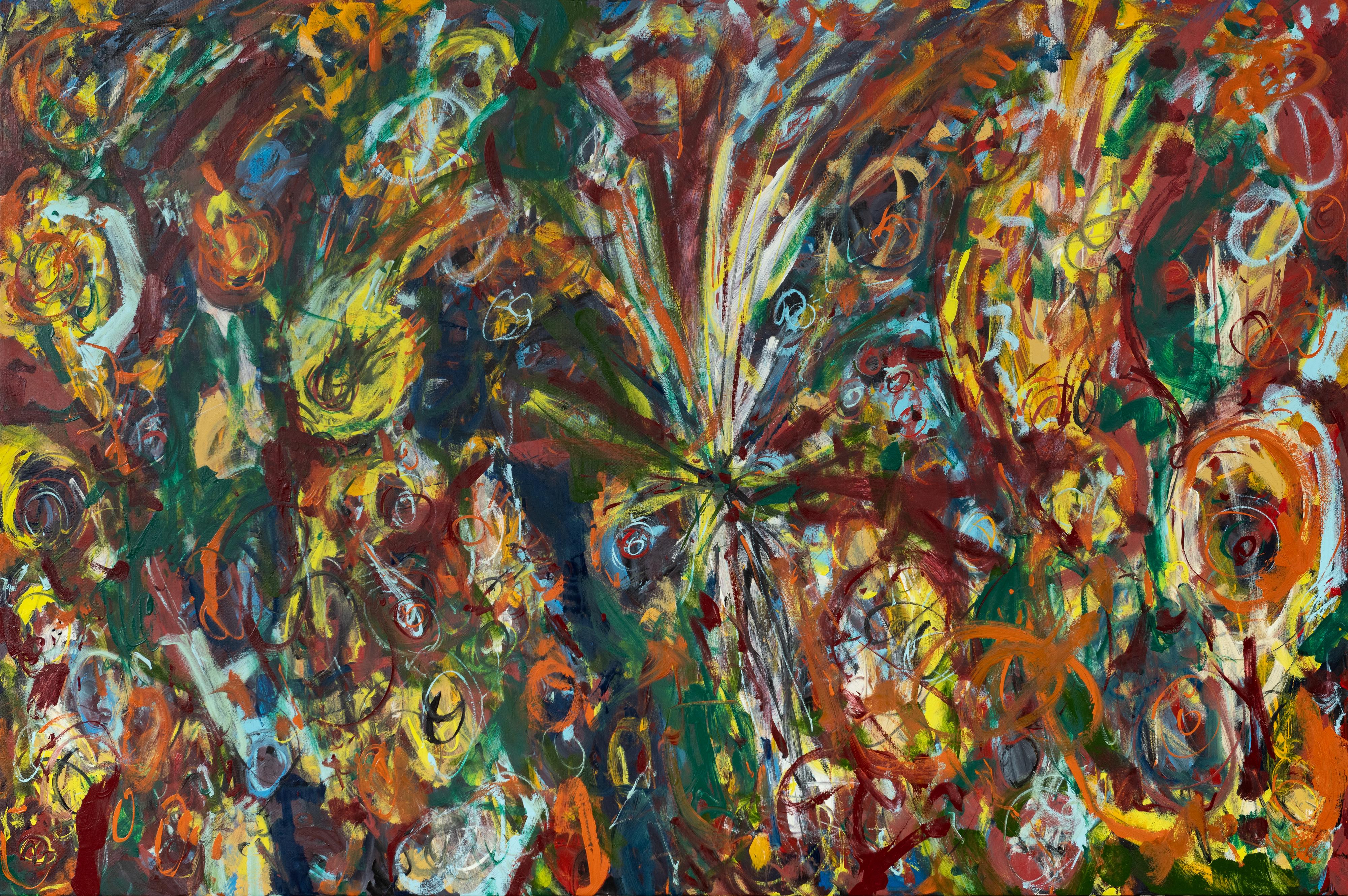
NeverAgain, 2023, Oil on linen, 48 x 72 inches, Signed lower right
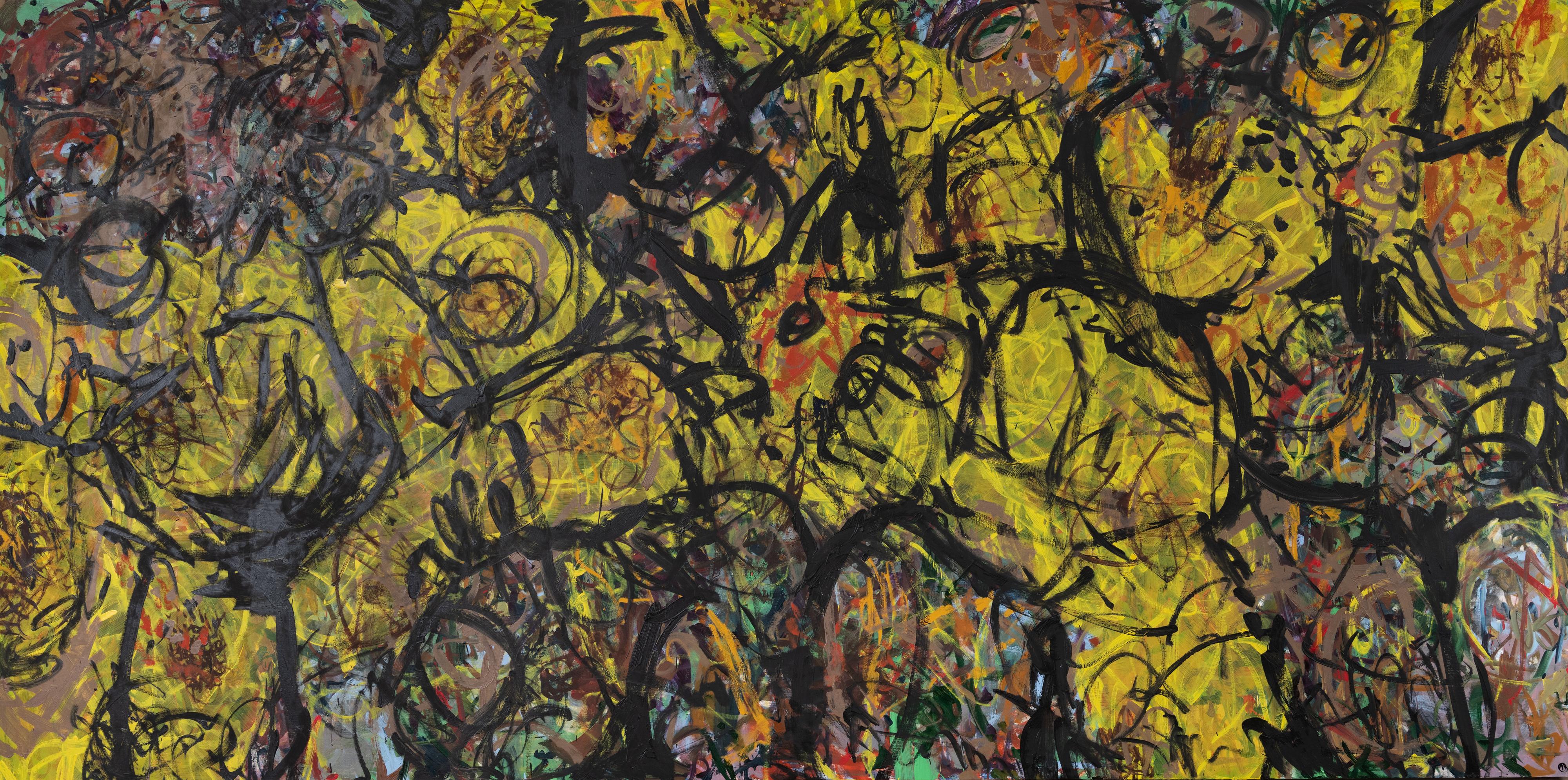 The Bronx, 2020, Oil on linen, 72 x 144 inches, Signed lower right
The Bronx, 2020, Oil on linen, 72 x 144 inches, Signed lower right
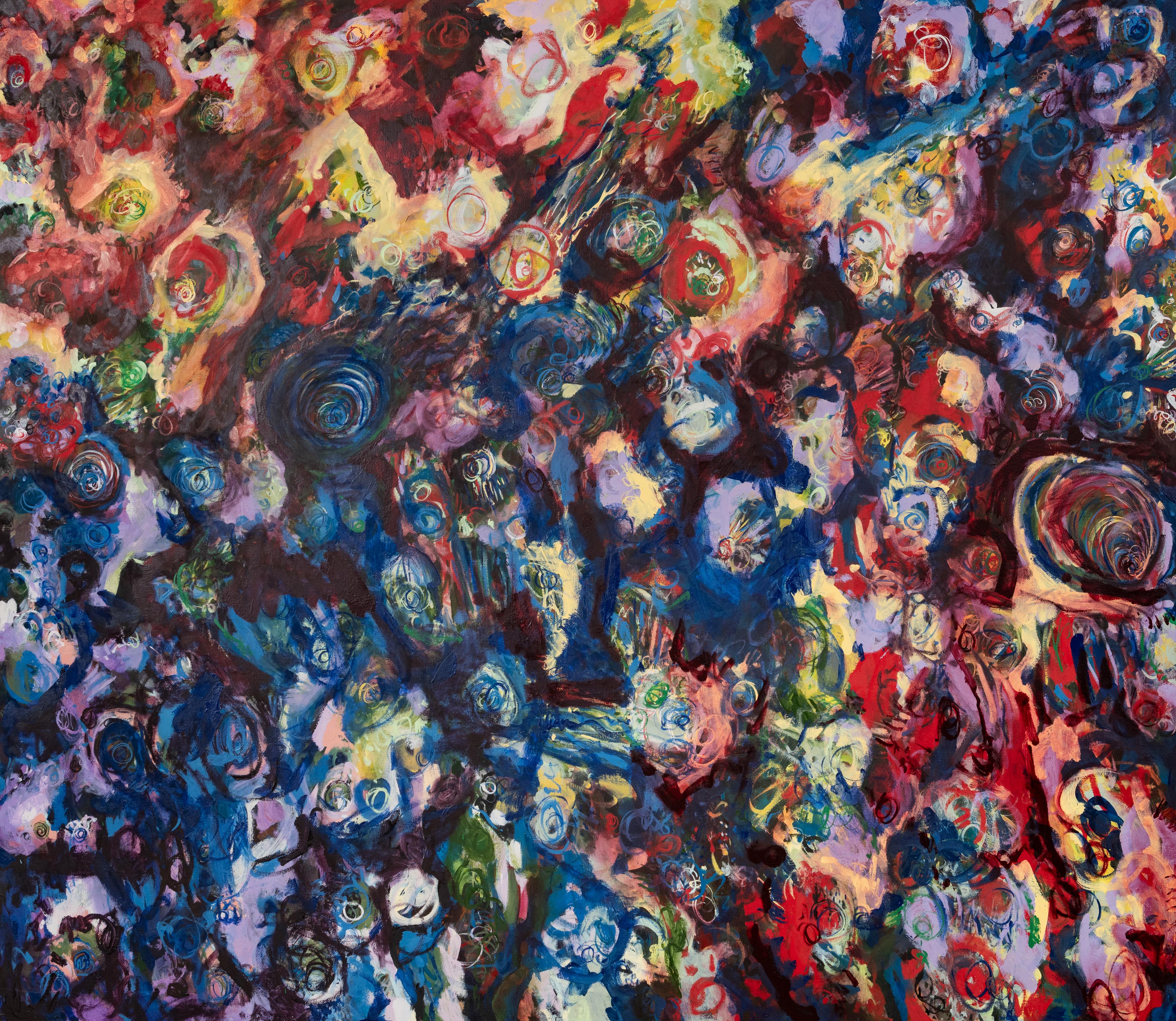 Theomachy, 2022, Oil on linen, 80 x 92 inches, Signed lower right
Theomachy, 2022, Oil on linen, 80 x 92 inches, Signed lower right
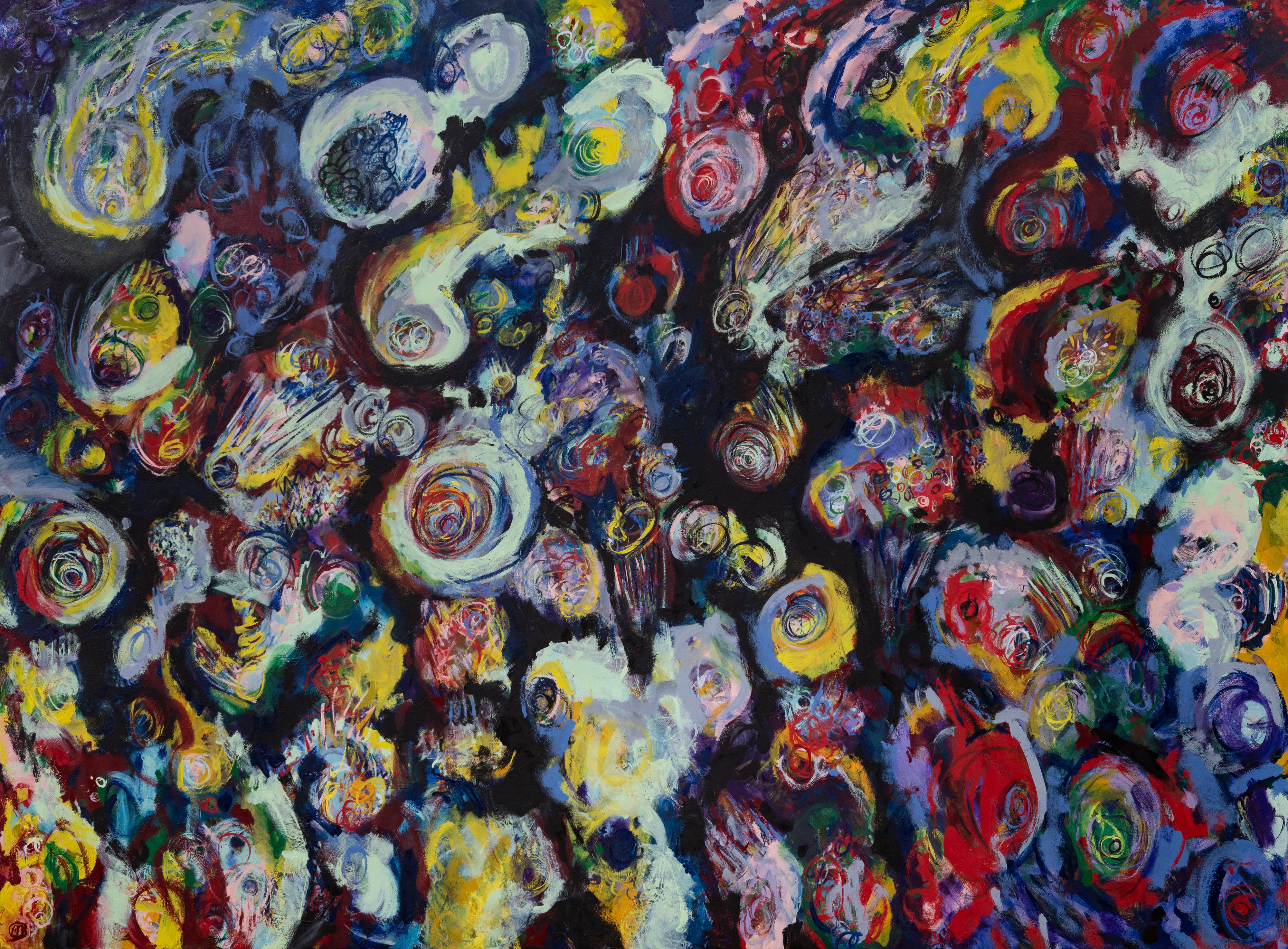 True Nature, 2023, Oil on linen, 59 1/2 x 81 1/2 inches, Signed lower left
True Nature, 2023, Oil on linen, 59 1/2 x 81 1/2 inches, Signed lower left
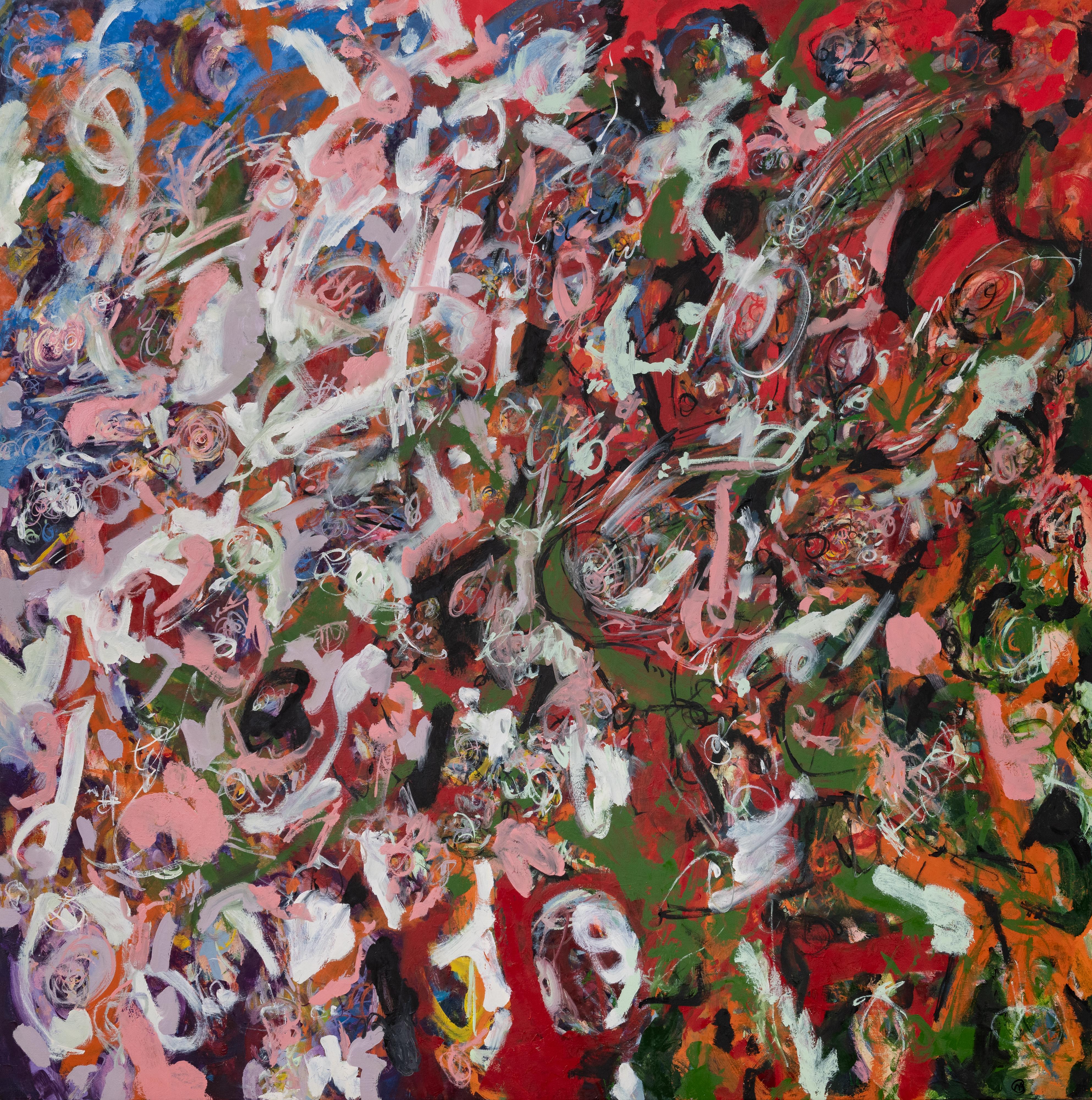 Universal Fabric, 2022, Oil on linen, 80 x 80 inches, Signed lower right
Universal Fabric, 2022, Oil on linen, 80 x 80 inches, Signed lower right
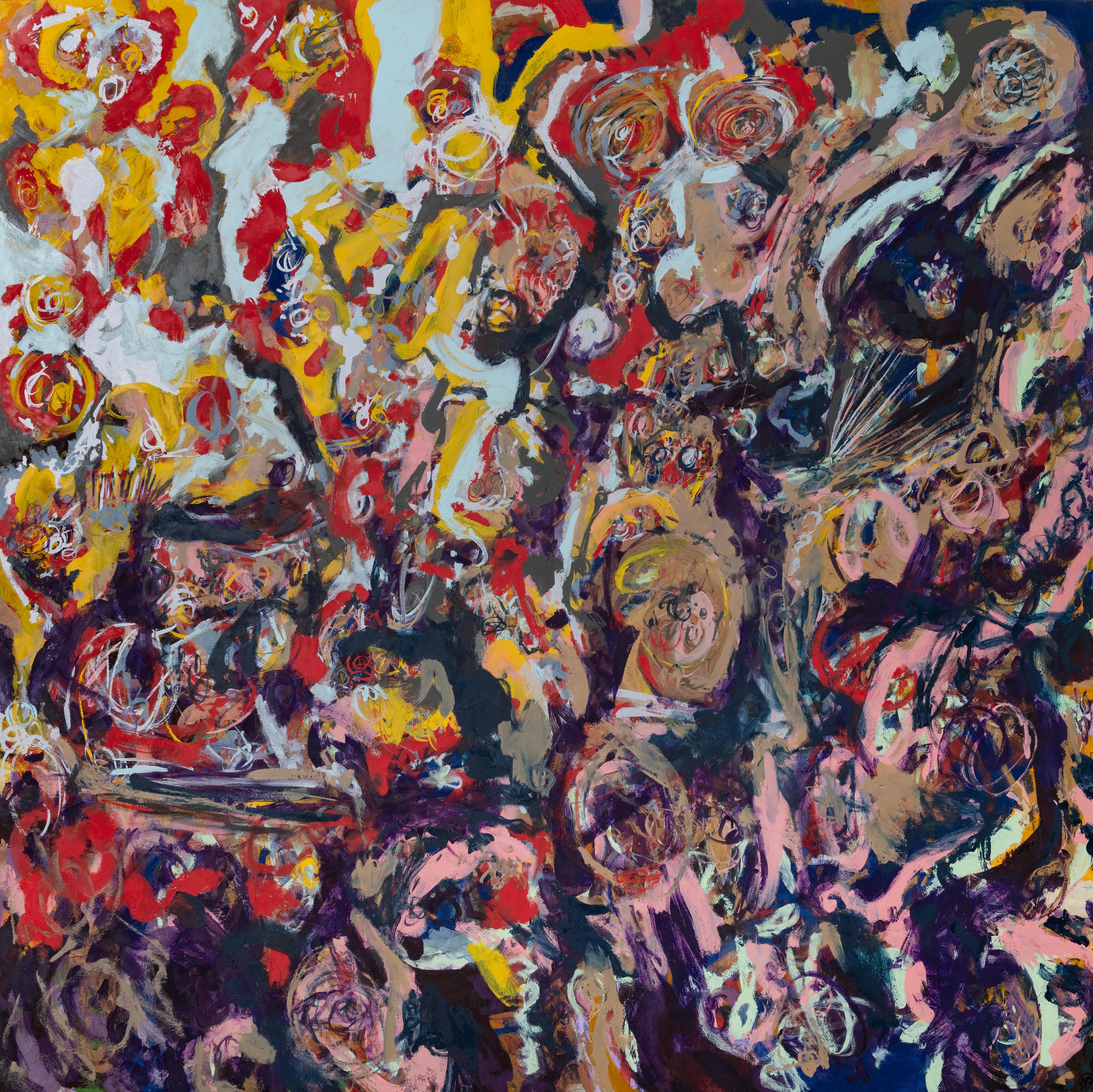 Universal Mesh, 2022, Oil on linen, 80 x 80 inches, Signed lower right
Universal Mesh, 2022, Oil on linen, 80 x 80 inches, Signed lower right

Metaphysical Night Beings, 2023, Oil on linen, 40 x 40 inches, Signed lower right
To make an appointment, please contact the gallery at info@spaniermanmodern.com, or via telephone at 212-249-0619.
Please visit our website at www.spaniermanmodern.com to explore more of our collection.
Our gallery is located at 958 Madison Ave., 2nd floor, New York, NY, 10021. Gallery is open Tuesday-Saturday, 10-6.
